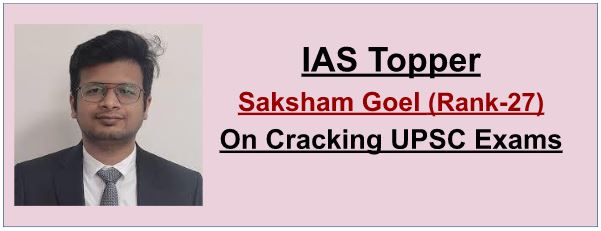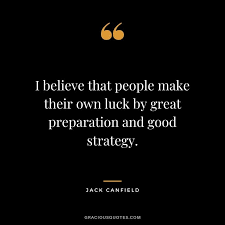
(Success Story) UPSC 2021 TOPPER, AIR-27 Saksham Goel On Cracking UPSC Exams
Saksham Goel has secured 27th rank in the UPSC Civil Services Examination, 2021. He is a native of Agra, Uttar Pradesh. This was his first attempt at the UPSC Civil Services Exam. He said that patience was the key while preparing to become an IAS officer. It was age that had prevented him from giving the exam in 2020. He waited for a year and appeared in exams in 2021 and cracked the exam with flying colours. During an interview by Hindustan Times he said, "He always wanted to join the administrative services as it provides exposure to public matters and is the best platform to implement behavioural economics, the subject which took him to Harvard University, USA, for a three-month summer internship during his graduation years. Policy-making is something so important and here comes the importance of behavioural economics".
EDUCATIONAL BACKGROUND AND HIS UPSC JOURNEY
He did his schooling from St Conrad’s School in Agra and passed his 10th exam in 2015. After that he moved to Delhi, where he did his 12th from Delhi Public School, Vasant Kunj. He completed his graduation in economics and political science from St Stephen's College, Delhi. He chose Political science as his optional subject. He also did a summer internship during his graduation years at Harvard University, USA. He started his preparation from the college days itself. He chose his own strategy. During his college days, he attended many lectures of alumni who were serving bureaucrats. This helped him a lot to explore the kind of job they do and be sure that civil services can provide job satisfaction to him.
SAKSHAM GOEL'S UPSC PREPARATION STRATEGY
MAKE YOUR OWN STRATEGY
Saksham advised the aspirants don't follow or copy any strategy blindly, make your own strategy according to your strengths and weaknesses. Following others' strategies can go wrong.

UPSC IS NOT A SPRINT, BUT A MARATHON
Saksham said, exhausting yourself in the early stage of preparation is not advisable.
No one can get it without a proper strategy and time table. Time-Table plays a vital role in the success story of candidates. Even a person with an exceptionally high IQ can’t qualify unless he/she puts in a lot of hard work and focuses on cracking the paper for at least one year before the preliminary exam. Saksham advised the aspirants, they must not forget, it is not a sprint, it is a MARATHON and then the results are beautiful.

DECODE THE UPSC PAPER PATTERN
Saksham said, decode how the questions are being asked in the UPSC exam. This process needs a diligent analysis of all the Previous Year's Questions with a hawk’s eye on what is being asked and why. Analysis of PYQs helped him a lot to understand the pattern of the UPSC exam.
DON'T GET CONFUSED WITH TOO MUCH ONLINE STUDY MATERIAL SOURCES
Saksham said, online platforms are flooded with loads of information and Study Materials. Therefore, it is critical for you to be judicious in spending your time on the various online platforms. Choose the relevant ones which save your time and compliment your preparation. Hopping from one to the other will not help much. So don't get confused.
At last Saksham advised the aspirants preparing for UPSC exam is a learning journey that never ends. The pace of preparation can increase or decrease, but it can never stop. It is important to understand that this exam is not just a knowledge test, but rather a way to know a person's all-around capability to be a civil servant. Start your UPSC preparation with a purpose to serve the country with your own individual outlook to bring a change in the lives of many.

© IASEXAMPORTAL
CLICK HERE TO DOWNLOAD UPSC TOPPERS NOTES